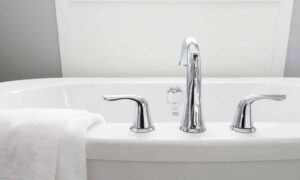The mirror’s primary function is to reflect objects. However, this was the primary function in the past; the benefits of mirrors have evolved over the years, and this is no different, especially in the interior decoration industry. Mirrors have become an integral part of contemporary interior designs. Mirrors are actively used by lots of interior decorators and homeowners around the world for different reasons. We will be looking at some of them below.
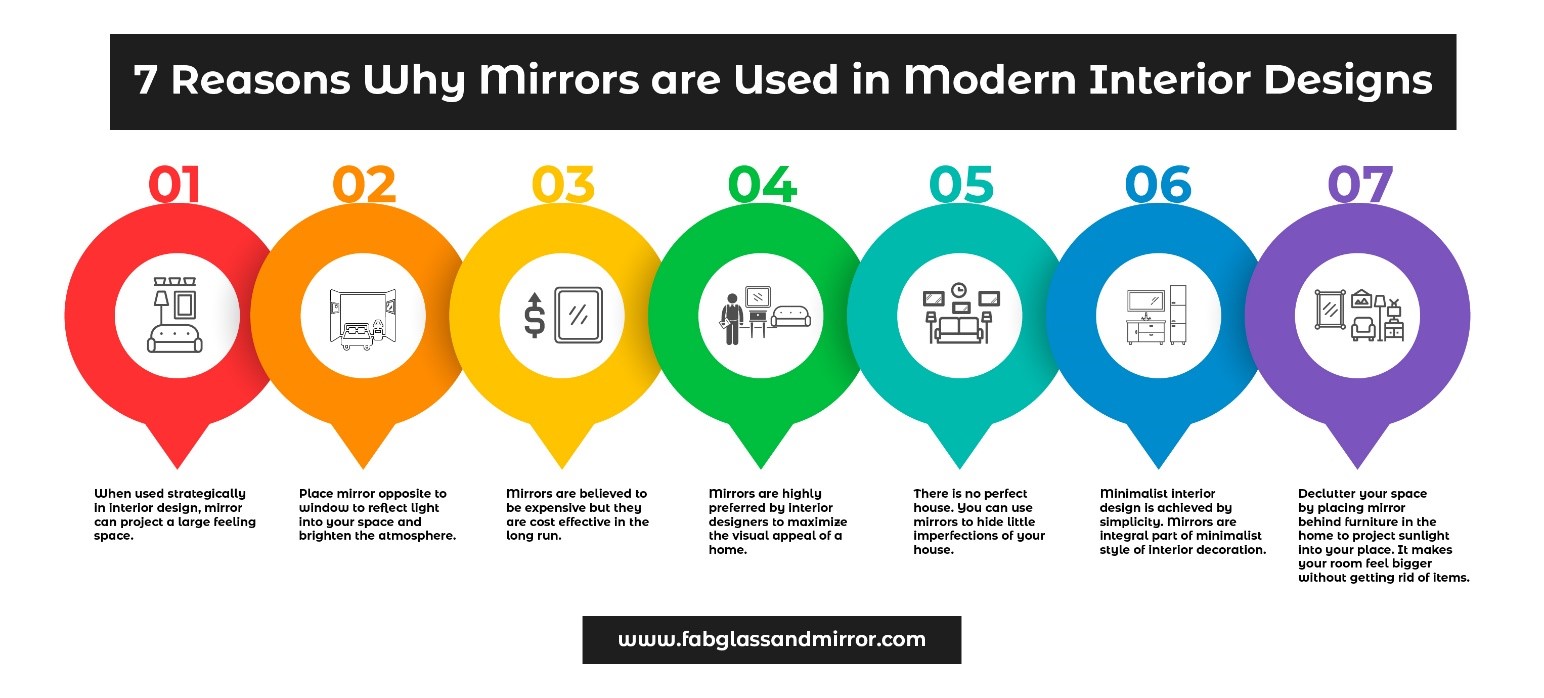
- SHOW A LARGER SPACE
Do you live in a small space or apartment? A small area or room is not a problem because mirrors can help you take care of that. Mirrors project a semblance of a bigger space when used strategically in interior decoration. Here’s how you may use mirrors to achieve the guise of a bigger space?
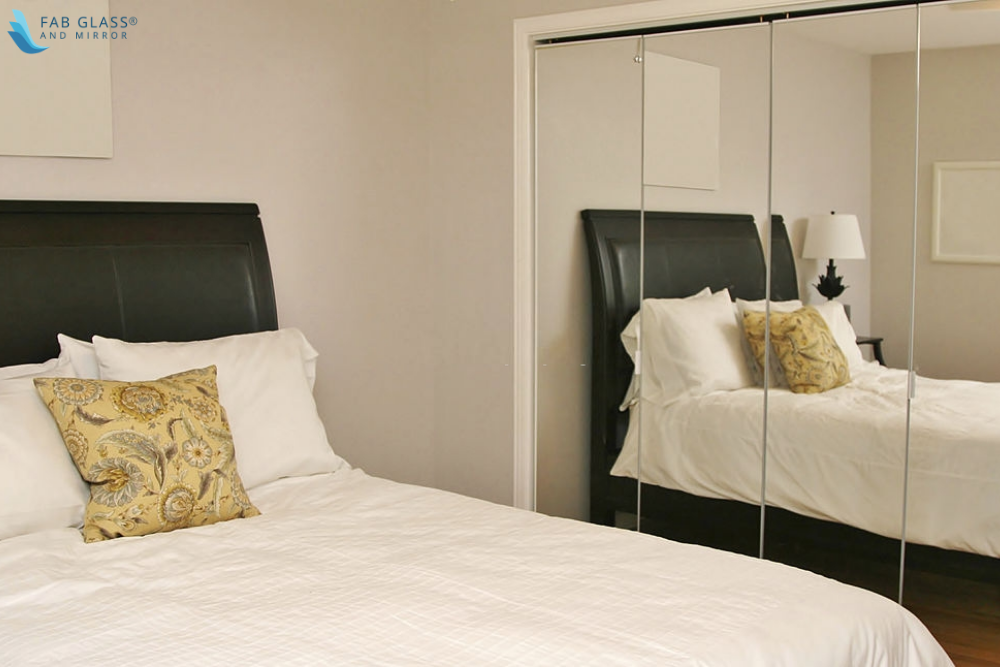
- Place a mirror close to the window to bounce the light coming in deep into the room.
- Place the mirror at an angle that faces it towards a focal point in the room.
- Use mirrored wardrobes to create a picture of a taller bedroom.
- Place a mirror horizontally to increase the width of the room.
- Place small sized mirrors side by side in groups to achieve multiple reflections. The combined reflections make the room look larger than its average size.
- Place a mirror on a dead space in the room. The mirror instantly fills up the room to make it appear larger.
- BRIGHTEN THE ATMOSPHERE
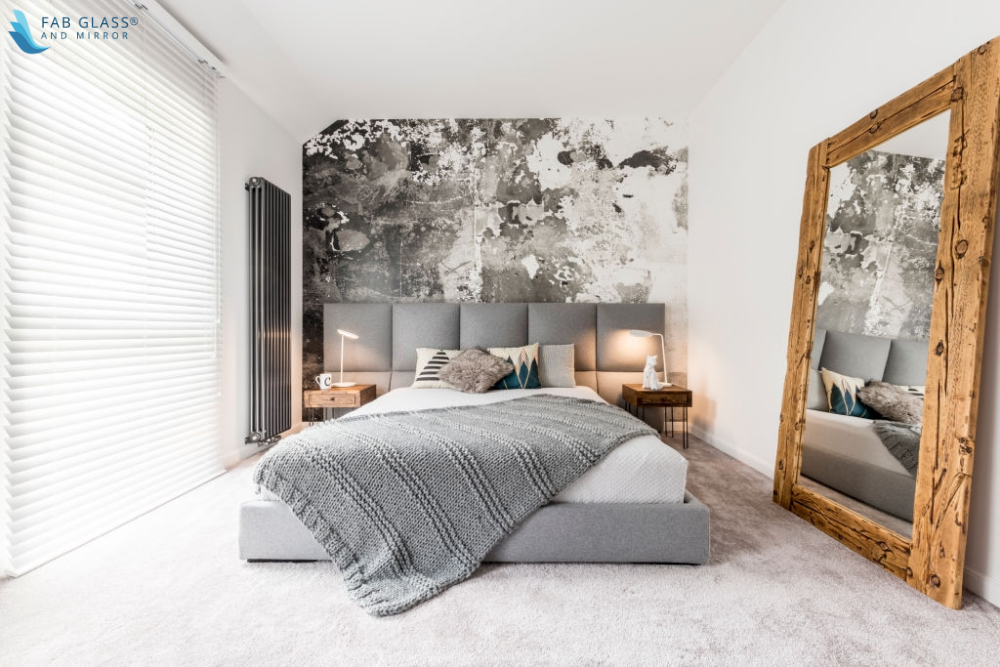
As mentioned earlier, the traditional function of a mirror is to reflect objects. The role comes in handy as one of the reasons why it has become an integral part of contemporary interior decoration.
Mirrors reflect natural light from natural sources into the room. Mirrors harness light during the day to brighten the room, and they provide the place with multiple light sources. Not only are they suitable for reflecting natural light, but you can also use them to reflect artificial sources of light to brighten the atmosphere in the room.
You can achieve a brighter space by using mirrors in the following ways:
- Place a mirror close to the window to bounce the light coming in deep into the room.
- Place a mirror across artificial light sources (candles, lamps, chandeliers, etc.) to reflect the brightness into the room.
- Place a mirror opposite an open window to reflect the light coming into the room.
- COST-EFFECTIVE OPTION
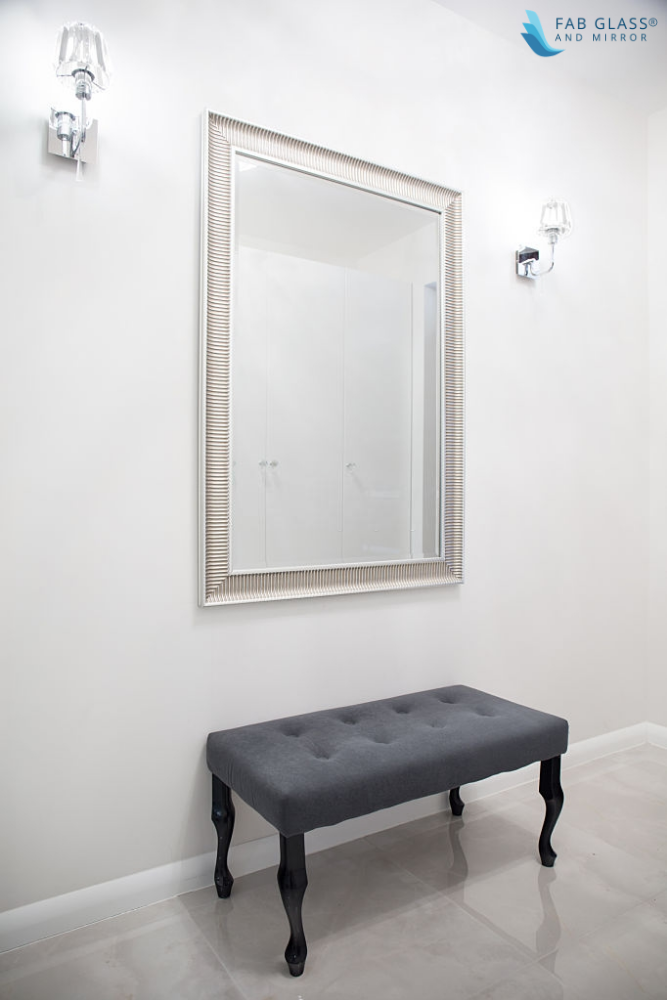
A majority believe mirrors are expensive to install, but on closer studies, mirrors are cost-effective and save you money in the long run.
Mirrors, unlike other materials used for interior decoration, require little to no maintenance. Simple cleaning is all that is needed to bring the shine back to your mirrors. This makes mirrors a cost-effective option to make use of and also explains why interior decorators and homeowners prefer them in contemporary designs.
Also, mirrors do not show visible signs of wear and tear compared to other interior décor items. They are durable and long-lasting.
Keeping your mirrors clean is not difficult and only requires items that you already have at home. They are:
- Microfiber cloth
- Sponge
- Water
- Bucket
- Lemon juice or vinegar
- Rubbing alcohol
- Newspaper
Depending on how much grime there is on the mirror before cleaning, a simple cleaning with a microfiber cloth dipped in water will get it in shining in no time. If the grime is a little too much, a sponge dipped in soapy water will do. After cleaning, pat dry with a newspaper.
- VISUAL APPEAL
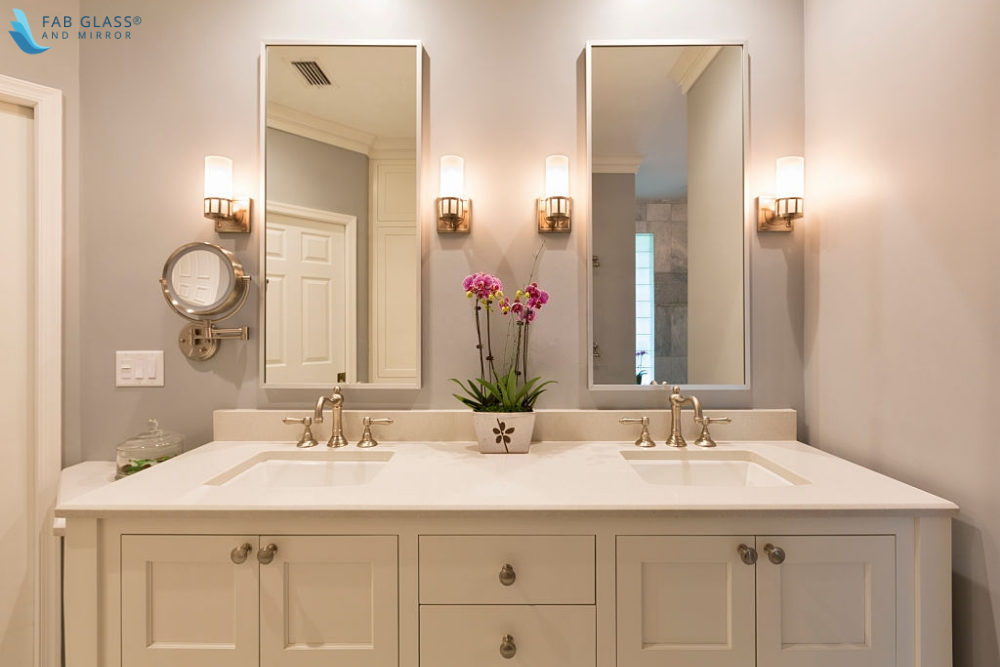
One of the traditional functions of a mirror is to gauge the beauty of an individual by using it to reflect one’s appearance. Today, interior decorators can place mirrors in a home or in rooms to maximize visual appeal.
Mirrors in contemporary interior decoration are used to showcase art, or as an addition to a gallery on a wall. This function not only creates a visually appealing display, but it also serves as a light source for the room.
Ways mirrors can be used to create visual appeal are:
- Use the mirror to reflect a pretty object or work of art.
- Use it to create a wall of mirrors that will dazzle the eyes of anyone who sees it.
- Use mirrors as frames for a specific view.
- Use colorful mirrors like you would decorative artworks to replace pictures and wallpapers.
- Use mirrors with designs on the frames or ornate carvings to add beauty to a room.
- CONCEAL IMPERFECTIONS
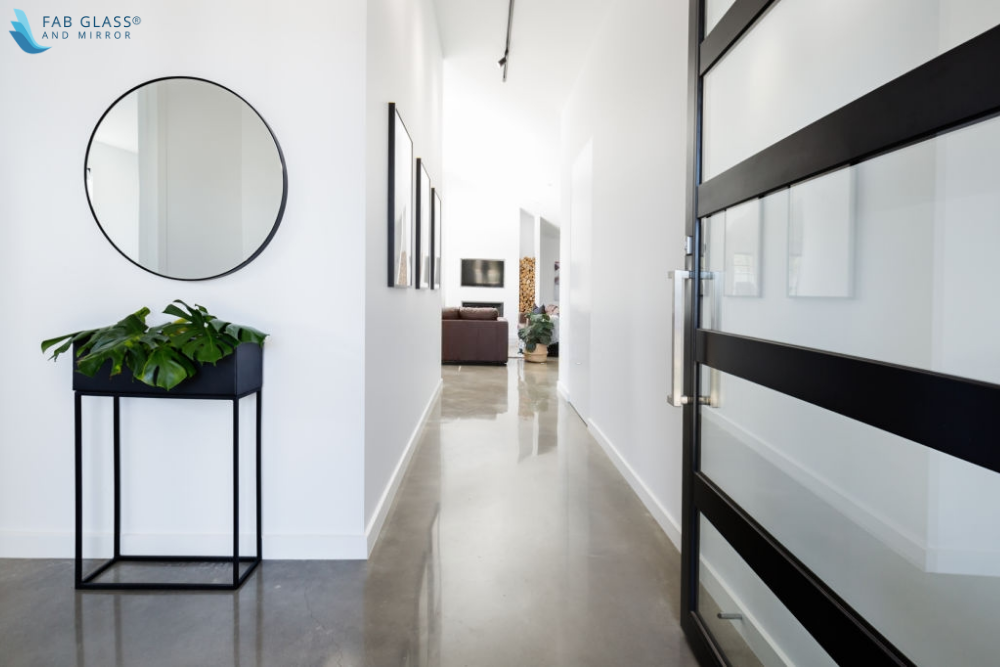
There are no perfect houses. Whether we want it or not, there will be a few things that may present itself as problems in a home. Imperfections can range from a hole on the wall, a discolored paint, paint scratch, or even an unwanted patch.
The overall look of the home can be unified when the imperfections are hidden. Mirrors can be used to disguise such imperfections that would have reduced the comfort you derive from the house and even visual appeal. Just hang a preferred mirror of your choice on the spot that has the defect you want to get rid of, and voila! It is done.
To make this more interesting, you can opt for decorative or antique mirrors to fulfill this purpose.
- MINIMALIST INTERIOR DESIGN UPDATE
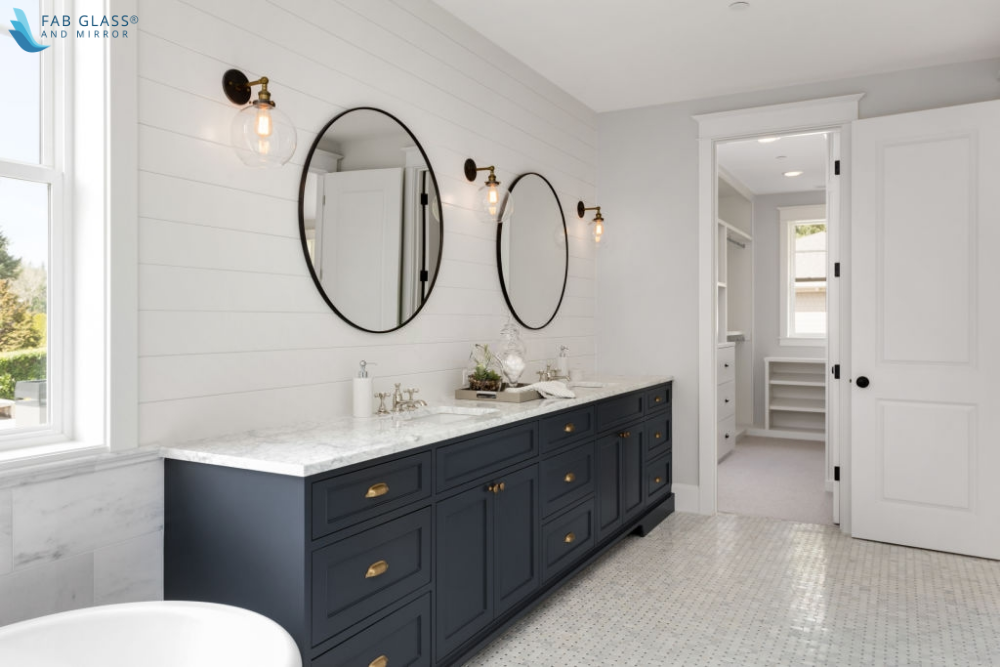
The minimalist interior décor style came into the scene and made its mark in the ’90s. It is an interior decorating style that is characterized by simplicity. The theory approaches design through the eyes of “Less is more” and that whatever is used should have a purpose and place.
Part of the features of the minimalist decorating style is that they are suitable for making small rooms bigger and that too many furnishings should be avoided. This brings to mind – Mirrors!
Mirrors are an integral part of the minimalist style of interior decoration because they help to achieve the goals of minimalism quickly and effortlessly.
- DECLUTTER SPACES
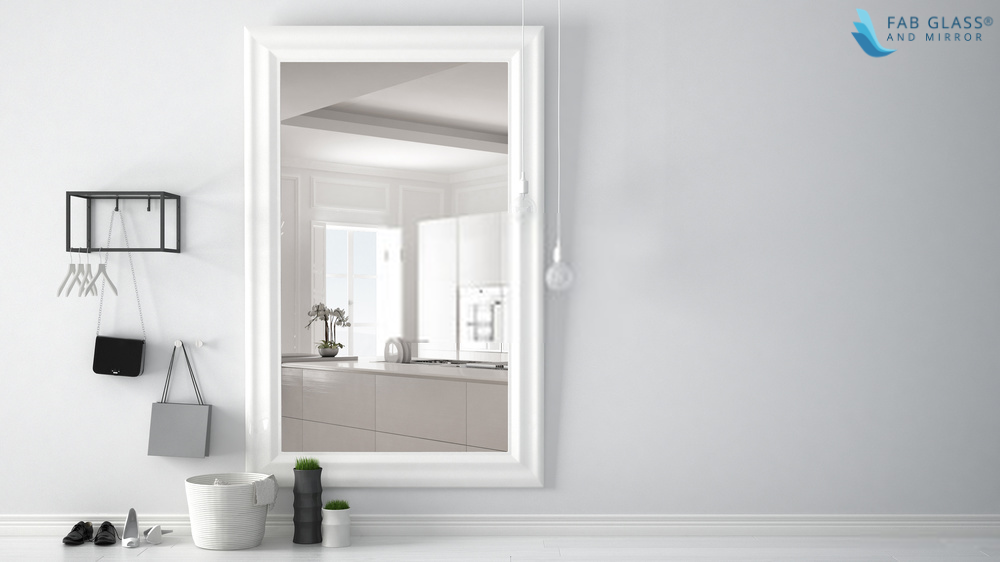
Sometimes, our space is filled up with items, and none of them can be disposed of – you cannot have any of them leave the room. In such cases, interior decorators use mirrors strategically to create an atmosphere of lots of space.
Declutter spaces with mirrors by,
- Placing mirrors that are floor-length in sizes behind furniture in the home to project sunlight into space. It makes the room seem to have more space without getting rid of needed items.
By placing small mirrors above furniture or on adjacent walls to utilize light in the room, attention is taken away from the clutter and mess nature of the room.






